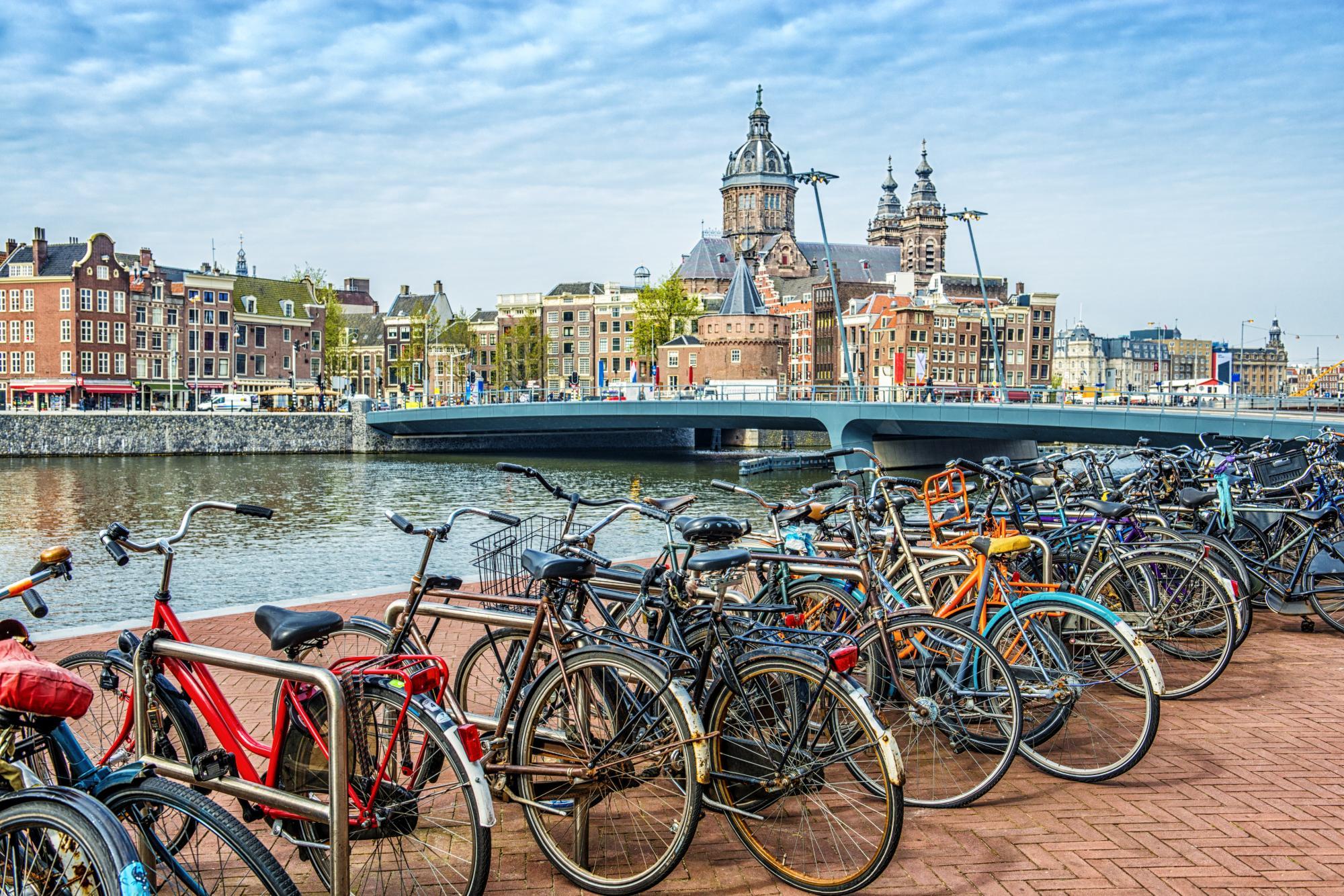
Three Cities Leading the Way for Climate Change
Tags:
Many cities, towns, and communities recognize the very real threats of climate change. Unless we take major action now, these threats are just around the corner. From changing weather patterns, to threatened food production, to rising sea levels and more flooding, the impacts of climate change could be catastrophic for both humans and wildlife.
Apart from these shining examples of cities working to reduce climate change impacts for future generations, many other cities around the world are also taking action. From decarbonizing electricity systems, to greening energy use in buildings, to providing cleaner alternatives to cars, to cutting waste and increasing recycling, there is really so much we can do for a greener future.
But what can we do about it?
Facing the realities of climate change means we’ll need to think differently about how we live, travel, and work in the world. Over 50 per cent of the world’s population lives in cities, which account for more than 70 per cent of global CO2 emissions, according to the Global Covenant of Mayors for Climate Change and Energy. Cities consume more than 66 per cent of the world’s energy. When it comes to reducing climate change impacts, cities and municipalities obviously play a big role. We need proper climate change plans and programs to face and prepare for climate change. Here are three cutting-edge cities taking major action and setting goals to reduce the impacts of climate change.Vancouver, British Columbia
In a competition, this west coast city would definitely get a gold (or green) star! In 2011, Vancouver adopted its “Greenest City Action Plan,” with goals and targets to become the “greenest city in the world by 2020.” By 2018, many of its high priority actions had already been met, including creating a food scrap collection program and more than 3,000 green jobs. The plan also includes goals for greening transportation and buildings. By 2040, the City of Vancouver’s aim is to have at least 65 per cent of all trips in the city be by foot, bike or public transit. A city bylaw also requires any new rezoning applications to meet Passive House standards, an extremely energy efficient building standard. Vancouver is on it!Copenhagen, Denmark
Many cities and municipalities have just started to take climate change seriously. But Denmark's capital, Copenhagen, has been way ahead of the game. Through its “CPH 2025 Action Plan,” the city set out to become carbon neutral by 2025. By 2017, the city had already cut its CO2 emissions by an astounding 38 per cent, despite population growth of 16 per cent in the same period. Increasing green energy from biomass and wind for the city’s heat and power resulted in major CO2 reductions. Other measures have included replacing streetlamps with LED lighting, introducing electric buses, ramping up bike lanes, and eco-friendly heating.New York City, USA
On June 1, 2017, President Trump announced he’d be withdrawing from the Paris Climate Agreement. The next day, the New York City’s mayor, Bill de Blasio, signed an agreement committing the most populous U.S. city to abide by the Paris Agreement. Hundreds of U.S. cities then followed suit—displaying tremendous support among Americans for taking action against climate change. In 2014, New York City committed to reducing greenhouse gas emissions by 80 per cent by 2050. Other goals include strengthening building codes to result in 40-70 per cent reductions in energy use, investing in electric vehicle infrastructure, and supporting subway improvements and bike lanes.Would you like to be the first to hear about our new products and more?
Sign up for our Nature’s Path Newsletter.








